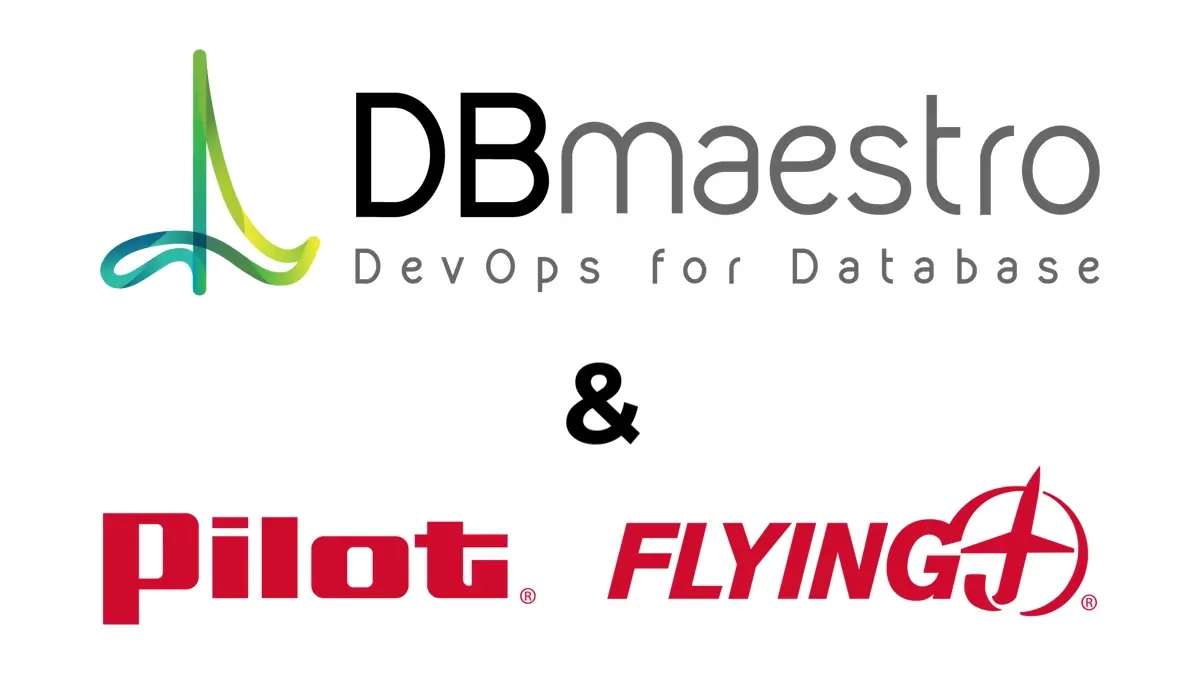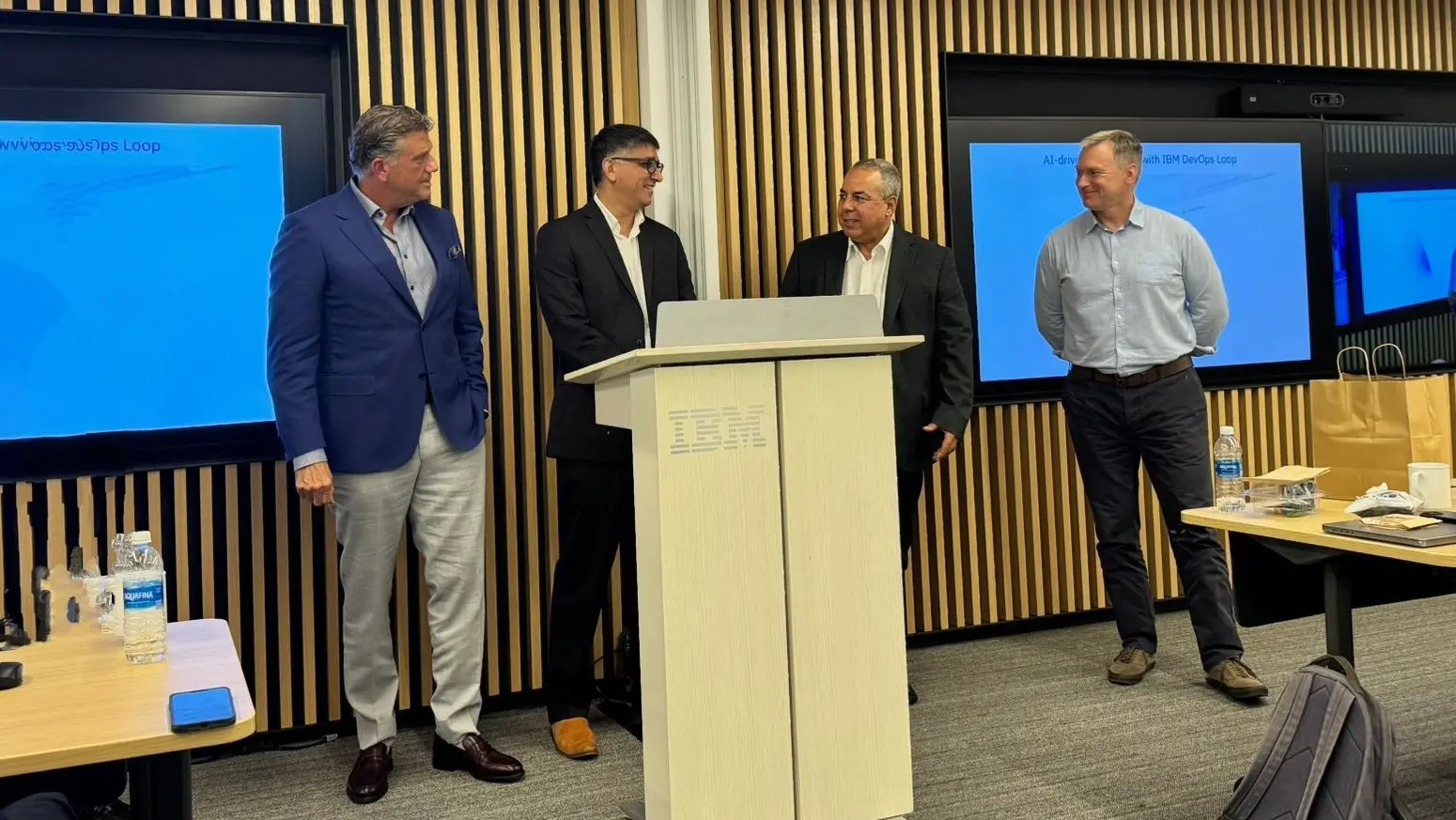DevOps in the Cloud: The Next Best Thing

A large number of cloud development projects employ DevOps today, and this phenomenon is only intensifying. The benefits to using DevOps with cloud projects are also becoming clearer to more and more organizations, faster time to market and lower development costs being just the main ones.
In a nutshell, DevOps is the automation of Agile. DevOps eliminates much of the latency that has existed for years around software development. But how does cloud technology work with DevOps and why is the shift so pronounced in recent years? Let’s take a closer look to try and understand this.

The DevOps and Cloud Connection
DevOps fits cloud software development like a glove. The main inherited advantages of this potent development combo include:
- The centralized nature of cloud computing provides DevOps automation with a standard and centralized platform for testing, deployment, and production processes. This essentially solves the problem of distributed complexity, which used to be a huge issue with on-premise ecosystems.
- Most cloud computing solutions support DevOps out-of-the-box, including built-in CI/CD tools. This integration lowers the cost associated with on-premises DevOps automation technology, and provides centralized governance and control for a solid DevOps pipeline.
- DevOps on the cloud reduces the need to account for resources leveraged. Traditional systems typically don’t provide usage-based accounting. With DevOps on the cloud, it’s much easier to track costs of development resources and make adjustments when needed.
10 Important Actions Before Making the Move
Moving to the cloud has numerous benefits like mentioned previously, but you need to do so with proper planning. Recommended actions include:
1 – Define Your Requirements – Moving to the cloud should not be just for your current needs, but should also involve your future requirements and business cases. The ROI should be defined from Day-1 and so should the future scope of your products.
2 – Development Planning – DevOps processes constantly change as the development standards improve with continuous feedback from the pipeline. You need to determine the “whats” and the “hows.” Many organizations fail because of the complexity of the new moving parts.
3 – Onboarding and Training – While most of your staff is probably familiar with DevOps methodology, operating in the cloud needs them to make some adjustments. There should be zero questions about new processes, tools, platforms, and daily practices.
4 – Security Measures – Always keep in mind that security models change in the cloud. Security should be an integral part of the automated testing and should be built into the various CI/CD processes as they move to your cloud-based platform.
5 – Select Versatile DevOps Tools – The biggest advantage of moving to the cloud is the flexibility you get in comparison to on-premise solutions. Make sure you are not locking yourself into one cloud platform by selecting DevOps database automation tools that work with multiple solutions.
6 – Use Service and Resource Governance – The number of services, APIs, and resources such as storage and compute will eventually grow to the point when they become way too cumbersome to manage. Build a governance infrastructure well before you need it.
7 – Consider Using Containers – In a nutshell, containers provide a way to “componentize” applications. While containers will not always be best for the way you build and deploy applications, you should consider the value of this application architecture approach.
Related: All you Need to Know About the Container Delivery Pipeline
8 – Don’t “Force-Migrate” Applications – It’s still impractical and unrealistic to relocate applications based on traditional technology. One example is old COBOL systems. Prioritize the migration and start with those that will provide the most value if migrated.
9 – Automated Performance Testing – Automated performance testing should ideally enable the application to provide good performance, along with an efficient use of resources. Many of these performance issues are still not being caught before they go into production.
10 – Automate – Automating the DevOps pipeline in the cloud can help developers become more productive. A transparent pipeline also gives more visibility into applications, while providing all stakeholders with actionable insights to improve overall quality.
Another common mistake organizations make is that they make hasty moves. The DevOps and cloud projects must function independently for a while so that the technologies prove their worth and the staff understands them. That is the right time to phase them into production.
Summing it Up
The growing understanding today is that DevOps alone won’t save companies. The latency in making infrastructure investments slows the development process, even if it’s made agile. Developers need speed and zero IT delays, which is where the cloud is becoming a necessity.
To sum it up, DevOps will have great value with the cloud, and the cloud will have great value with DevOps. Make the move wisely.



